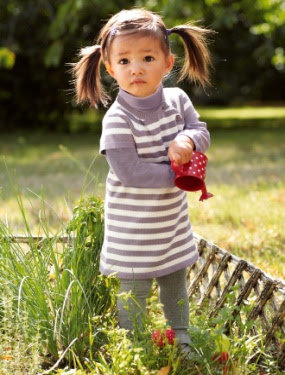| NEWS REPORT / ECOUTERRE |
Saving Water with Every Pair of Jeans
There is much talk about how much water is used in producing a piece of clothing. A single T Shirt or a pair of jeans uses hundreds of gallons of water. Waking up to these facts, the news that leading jeanswear and accessories brand, Levis Strauss would be launching its range of Waterless jeans in January 2011 is like a breeze of fresh air. According to a report in Ecouterre, Levis claims that this H2O sipping collection uses an average of 28- 96 per cent less water.
During the production of a regular pair of jeans, the garment goes through 3-10 spins, using approximately 42 litres of water in the finishing process. The production of the new Waterless jeans involves only a single wet process. On top of that ozone processing is used for garment washing and stone wash is used to remove water.
“What’s different about the Waterless collection is that we’re still using the same materials and techniques to create finishes for our jeans but we’ve substantially reduced water’s role in the equation,” says Carl Chiara, director of brand concepts at Levi’s. “Sometimes, the way to achieve a more sustainable design is to rethink a traditional process and find a way to do it better.”
According to Levis, over 1.5 million pairs of Waterless jeans will be made available next spring which means there would be a combined savings of 16 million liters of water.
“We challenged ourselves to operate at the intersection of style and sustainability. These Waterless jeans have great styles and finishes, but are made with a lot less water,” said Erik Joule, Senior Vice President of Merchandising and Design of the Levi’s brand. “
The company also launched the “Care Tag for Our Planet” campaign, changing the product care tags in Levis jeans to include instructions about ways consumers can reduce the environmental impact of their clothes by washing less, washing in cold water, line drying and donating the clothes when no longer needed.
To read the full story: Levi’s Debuts Waterless Jeans That Use Up to 96% Less Water









